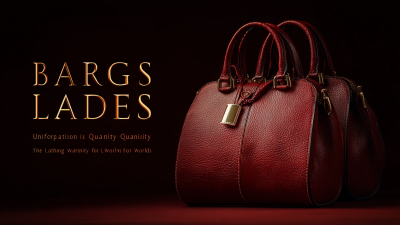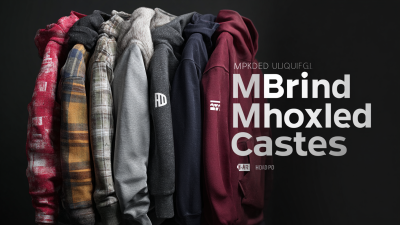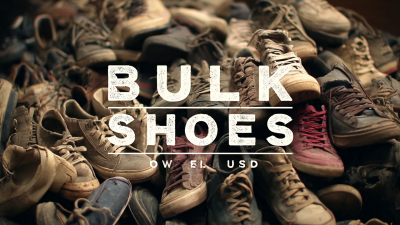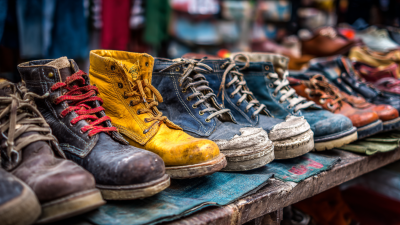Leave Your Message
In the ever-evolving world of high fashion, choosing the perfect designer bags has become a nuanced process that intertwines personal style with current market trends. According to a recent report by Bain & Company, the global luxury market is expected to reach €1 trillion by 2025, illustrating the growing demand for designer accessories. As consumer preferences shift, each season introduces fresh styles and innovative designs that can significantly influence buying decisions. Understanding these trends is crucial for fashion-conscious individuals looking to invest in timeless pieces that reflect both aesthetic appeal and market viability. This guide will navigate you through the essential factors to consider when selecting designer bags, ensuring that your choices are not only stylish but also strategically aligned with market insights.
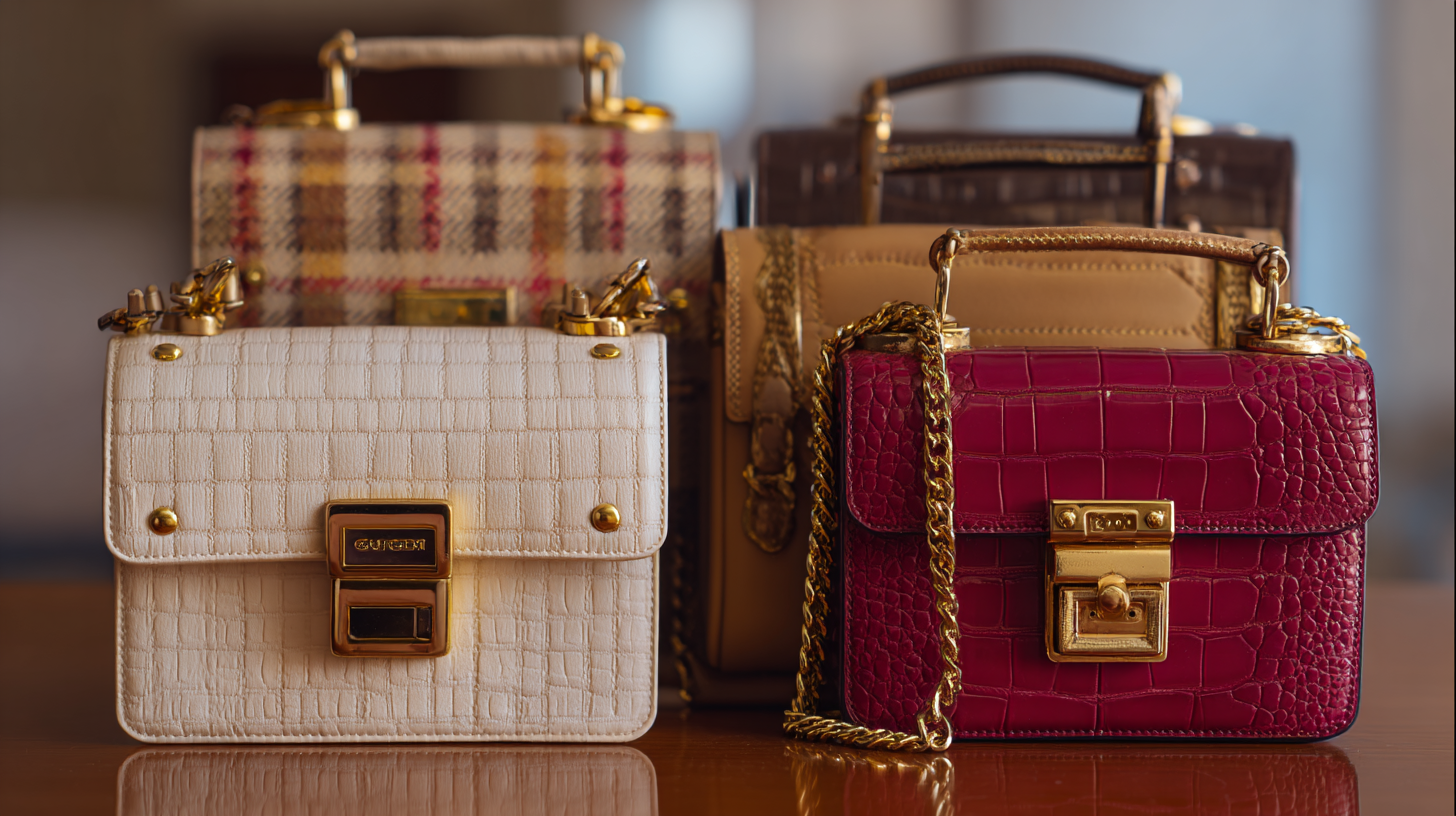
Understanding current style trends in designer bags is essential for making informed purchasing decisions. Recently, there has been a notable shift towards bags that blend functionality with fashion. For instance, oversized totes and practical crossbody bags have gained popularity, catering to the modern consumer’s need for versatility without sacrificing style. Designers are also embracing sustainable materials and ethical production methods, reflecting a growing demand for socially responsible fashion. This trend not only appeals to eco-conscious shoppers but also adds a unique element to the design that differentiates brands in a competitive market.
Another significant trend is the resurgence of vintage-inspired designs, which tap into nostalgia while offering timeless elegance. From classic shapes to iconic logos, these pieces provide a sense of heritage that resonates with many buyers. Additionally, vibrant colors and bold prints are making waves, enabling fashion enthusiasts to express their individuality. As consumers seek statement pieces that enhance their personal style, designers are increasingly experimenting with unique textures and innovative silhouettes. Keeping an eye on these evolving trends can guide shoppers in selecting designer bags that are not only fashionable but also reflective of their personal style and values.
| Style Trend | Description | Popularity (1-10) | Market Demand (% increase) |
|---|---|---|---|
| Classic Totes | Timeless bags with structured shapes, perfect for everyday use. | 8 | 15% |
| Mini Bags | Small-sized bags gaining popularity for their cute and chic look. | 9 | 25% |
| Statement Bags | Bags with bold designs or colors that draw attention. | 7 | 18% |
| Eco-Friendly Bags | Sustainable materials and ethical production are key features. | 6 | 30% |
| Crossbody Bags | Handy and practical bags ideal for on-the-go lifestyles. | 8 | 20% |
When choosing a designer bag, understanding market insights is crucial for making informed decisions. According to the 2022 Luxury Handbags Market Report by Grand View Research, the global luxury handbag market was valued at $52 billion in 2021 and is projected to grow at a compound annual growth rate (CAGR) of 5.4% from 2022 to 2030. This growth reflects not only an increasing consumer demand for high-end accessories but also the importance of aligning these purchases with current style trends.
Identifying these trends can provide valuable guidance. For instance, a 2023 report from Bain & Company highlighted that sustainability is becoming a primary concern for consumers, with 67% of high-income individuals indicating they prefer brands committed to sustainable practices. In addition, the report underscores the rise of digital retail channels, with online sales of luxury handbags expected to account for over 30% of the market share by 2025. Understanding these dynamics can aid shoppers in selecting bags that not only reflect impactful design trends but also resonate with market values, ensuring their investment remains relevant and stylish.
When selecting designer bags, understanding popular styles and key features is essential. One prominent trend is the shift toward sustainability, with brands incorporating eco-friendly materials. Look for bags made from recycled or organic fabrics, which not only align with contemporary values but also offer distinct aesthetics.
**Tips:** Pay attention to brands that provide transparency about their production processes and sources. This can enhance your personal style while promoting ethical fashion.
Another significant feature to consider is the versatility of a designer bag. With many fashion-forward consumers valuing practicality, bags that can transition from day to night are in high demand. Consider styles with adjustable straps or detachable components that allow for customization based on need and occasion.
**Tips:** Opt for neutral colors or classic designs that can complement various outfits, ensuring your investment in a designer bag pays off in its usability.
When selecting a designer bag, it's crucial to strike a balance between aesthetics and functionality. A study by Euromonitor International indicates that the global luxury handbag market is expected to grow by 5% annually, emphasizing the importance of investing in bags that not only capture attention but also serve practical purposes. While the allure of high-end designs may entice buyers, understanding the utility of a bag can lead to more satisfying purchases in the long run.
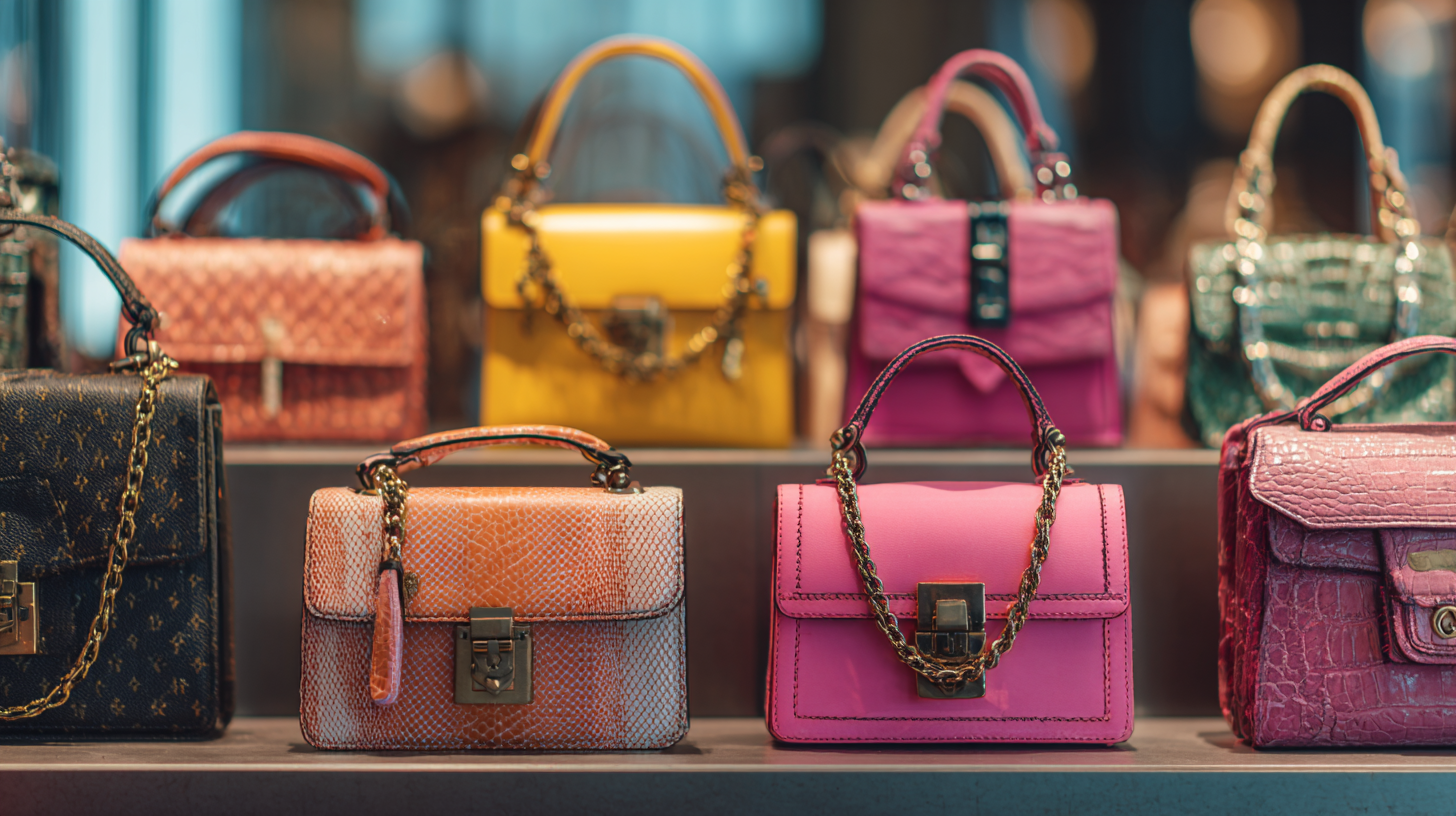
Tips:
By keeping these factors in mind, you can make informed choices that reflect both current style trends and your personal needs.
When investing in designer bags, budgeting wisely is crucial, especially in a volatile market. It's essential to consider both the current style trends and the potential for long-term value. Many consumers desire the aesthetics of high-end brands but may not have the financial bandwidth to indulge in them. Exploring affordable alternatives from niche brands and resale sites can fulfill these cravings while maintaining a balanced budget. Look for collections that replicate the look of luxury without compromising on quality or style.
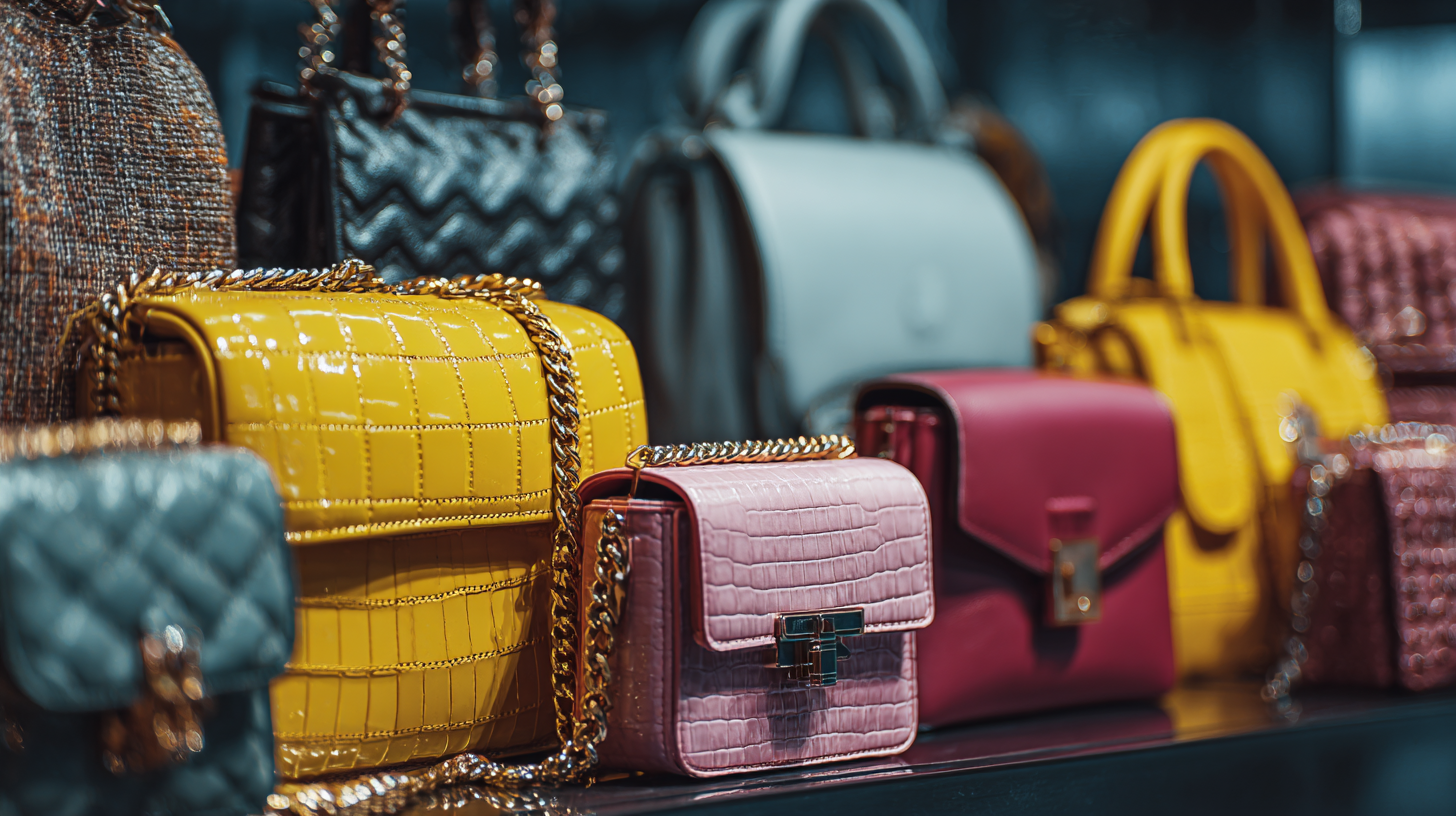
Additionally, the rise of the collectibles market indicates that items like handbags can serve as viable investment options. This trend underscores the importance of acquiring timeless pieces that retain their value over time. For instance, focusing on classic designs or sustainable options can provide both style and longevity. Younger consumers are increasingly discerning about their purchases, often opting for items that not only reflect current trends but also promise future worth. By strategically integrating these insights, one can build a fashionable and financially sound collection of designer bags.
